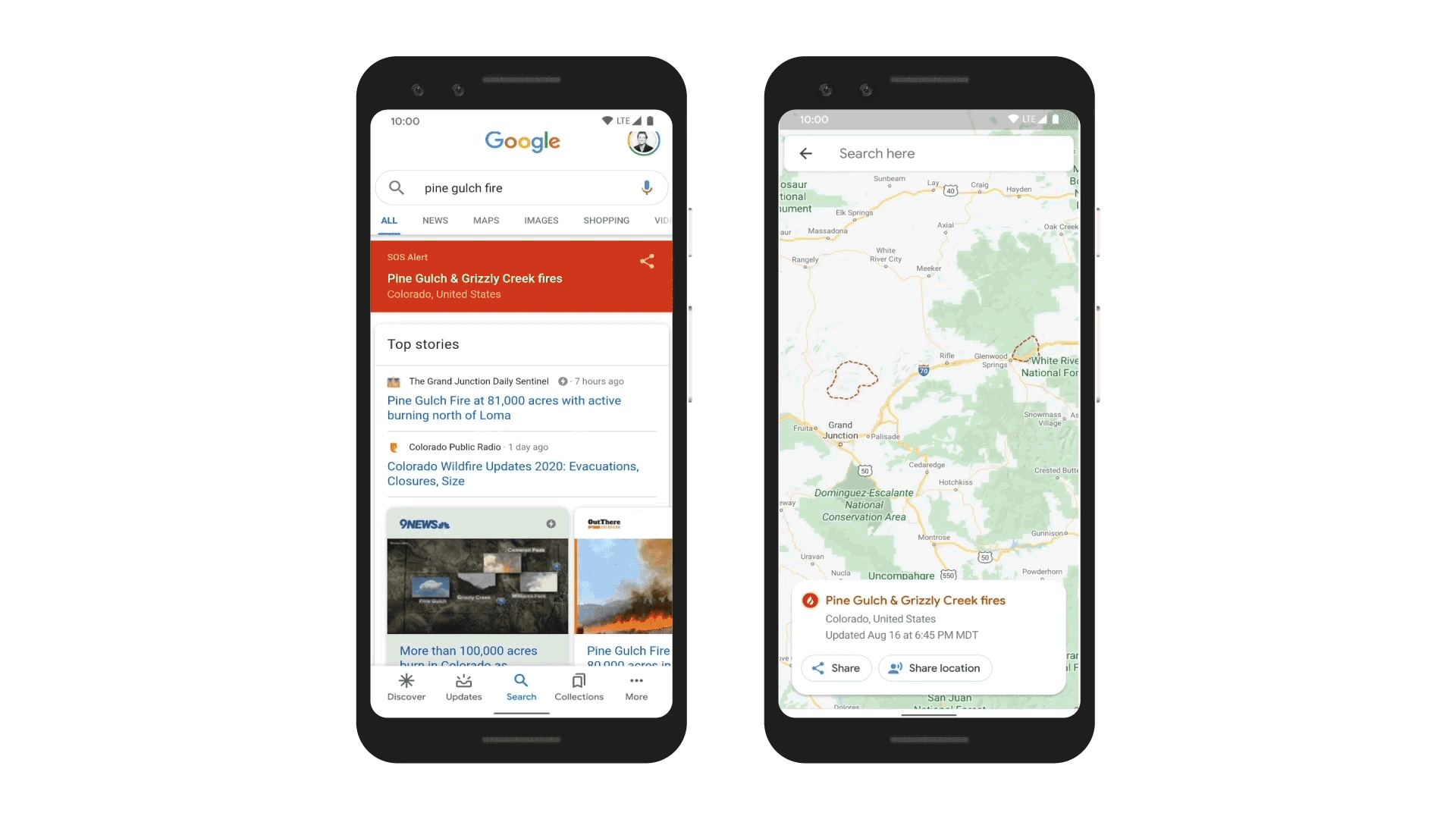The second-generation Pixel Buds from Google are truly wireless earbuds that pack a ton of features at a price of $179. Just like Google Pixel smartphones, the Google Pixel Buds are getting “feature drops” that add a bevy of new features and improvements. The first of such “feature drops” is here for the second-gen Pixel Buds, as announced in a Google blog post, and they bring some substantial improvements.
The first of these improvements is sharing detection, which detects if you’re sharing one earbud with someone and then lets you tweak the volume independently on each earbud. This way, you don’t have to sacrifice your volume preferences when you’re listening to music or watching a movie with someone else. And the new bass boost toggle can add a bit of extra oomph to music.

Another new feature that is being added with this update is a “transcribe” mode that can help you understand another language better by having translated speech read directly into your ear. This feature is launching initially for French, German, Italian, and Spanish speakers to translate English speech. For example, a Spanish speaker can ask Google Assistant on their Pixel Buds “Hey Google, ayúdame a entender inglés” to start translating and transcribing English to Spanish in the Google Translate app. Translation isn’t instantaneous and requires audio to be transmitted to Google for processing.
There’s also an experimental “Attention Alerts” feature that can detect when something important happens near you that may need your immediate attention. The feature detects things like a dog barking, a baby crying, or an emergency vehicle driving by and temporarily lowers the volume of whatever you’re listening to so you can focus on your surroundings.
As previously announced, you can now find your Google Pixel Buds in the Find My Device app. This also works for other Fast Pair-enabled devices, too. Next, you can now ask Google Assistant to toggle touch control or check the battery life on your earbuds. Finally, people who have been facing connection issues with their buds—an issue that has plagued users since the Pixel Buds were first released a few months back—will be glad to know that this update also addresses some of those issues, according to Android Police. So be sure to update to firmware version 550 if you’ve been facing these issues.
Google Pixel Buds (Free, Google Play) →
Starting today, the Google Pixel Buds are now available in Oh So Orange, Quite Mint, and Almost Black in the U.S. for $179 on the Google Store.
The post Google’s first feature drop for the Pixel Buds adds attention alerts, bass boost, and transcribe mode appeared first on xda-developers.
from xda-developers https://ift.tt/3hgX7XZ
via IFTTT






